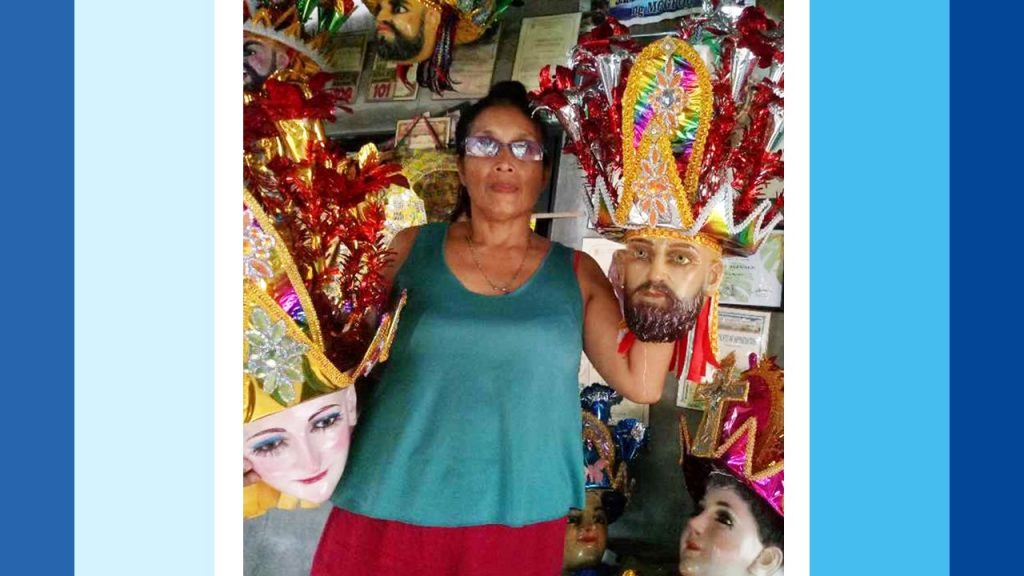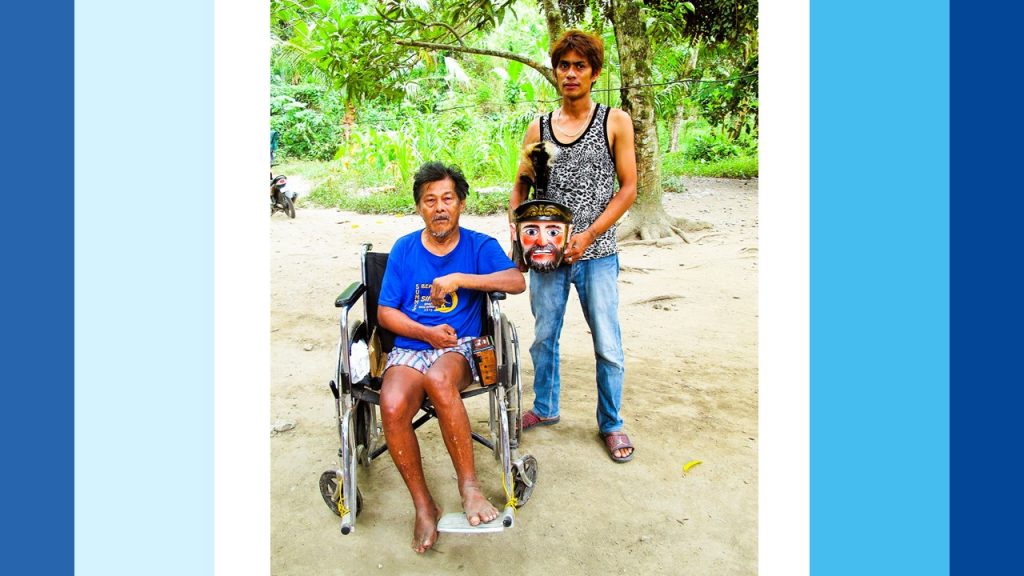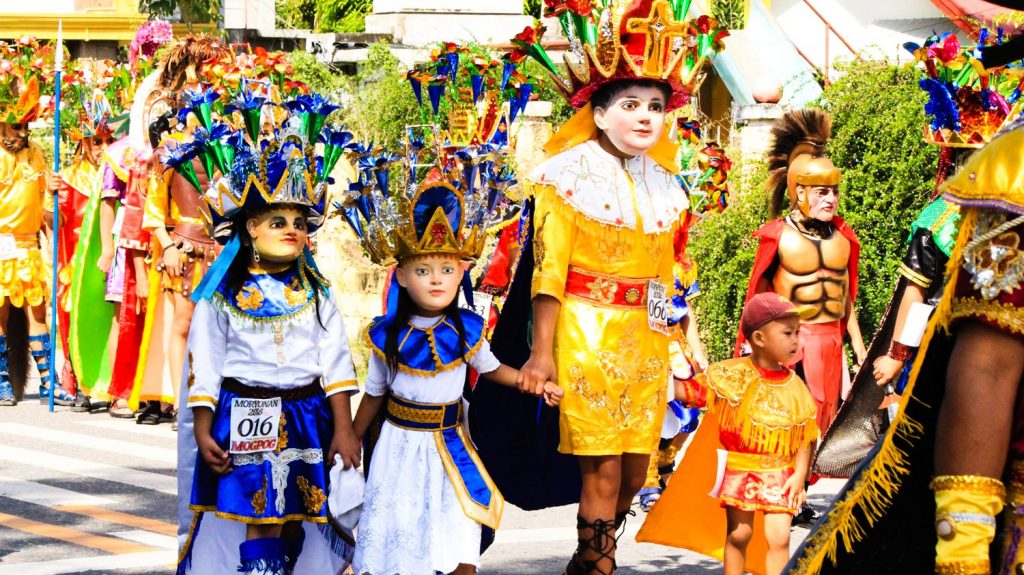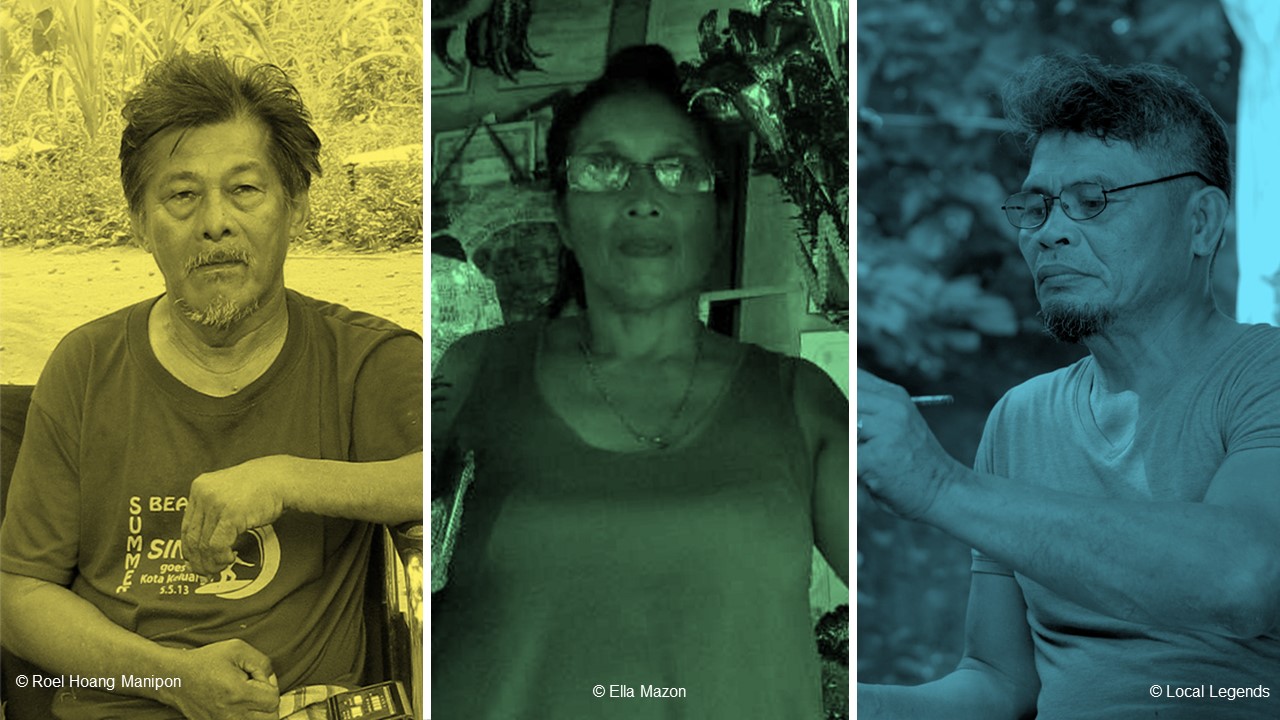Nestled within the verdant landscapes of Marinduque, the town of Mogpog stands as an embodiment to the wide array and richness of Philippine culture and tradition. Yet, it is perhaps best known for one of its most captivating treasures — The Moriones mask.
Passed down through generations, the art of mask-making is a cherished skill, reserved and perfected by the skilled hands of Mogpog’s artisan. Painstakingly carved using locally available materials, each mask is a unique work of art. Every piece, from the headdress’s exquisite workmanship to the face’s stunning shapes, is an embodiment to the artistry and commitment of its creator.
A morion mask is usually made out of the woods of dapdap, dita, or santol trees which are abundant in Marinduque. It takes months to carve each mask. At most, it takes seven to eight coatings of eight different colors of flat wood enamel paint, primarily red and black, to finish the work.

When it comes to mask history, Mogpog is most widely known for its morion mask set, which is worn with the bulaklakan turbante, a type of headgear. It gets its name from the flowers nestled onto this headpiece that are made of various colored Japanese paper. It was once thought that the quantity of flowers in a turbante predicted how many years a person would take part in the Moriones. Every year, after completing the rite, the individual will take a flower out of his/her turbante until there are none left, which represents the fulfillment of his/her commitment.
Morion Makers
Some of the most well-known mask makers in Mogpog include Ella Mazon, Salvador Liwanagan, Renato Morales, and Alex Luna. They not only created and exemplify the art of mask-making for a living, but also for the purpose of protecting and preserving the customs.
Ella Mazon, a Capayang native, is arguably the most influential figure in the history of mask-making. She was the driving force behind the creation of the floral-patterned morion mask, which she wears during Holy Week. She also freely shares and lends her crafts to others who cannot afford to buy them.

Salvador Liwanagan, known to many as Kuya Buddy was another well-known name in the mask industry. His carving skills have already garnered him recognition from multiple networks, and he continues to be an active mask maker today. Being a pioneer himself, he voluntarily wants to impart his skills and expertise to other artists in order to maintain the distinctive qualities of the morion mask.
Apart from the two individuals already mentioned, Renato Morales is an experienced mask creator who also deserves to be recognized. The majority of his creations were paper mache pieces, which he learned under his father’s influence, and wood carvings, which he learned on his own.
Another accomplished artist in the field of morion mask carving is Alex Luna. He was involved in mask-making from a young age and is credited with developing an innovative technique for creating masks out of plastic bottles. In addition to creating masks, he also makes sword props with sheaths that the Morions’ utilize throughout Holy Week.

Mogpog, the birthplace of Moriones
For the people of Mogpog, the Moriones heritage has deeper value than just its historical relevance. According to Father Dionisio Santiago, the parish priest at the time, Moriones’ initial appearance in Mogpog was in 1807. This tradition is observed by all gender during the Holy Week starting from Holy Monday to Easter Sunday. To atone for their transgressions or for other similar reasons, the penitents wear masks and costumes akin to those worn by the Roman soldiers. Throughout the week, the penitents wander the town clothed in glitzy costumes and masks.
Moriones Lenten Rite holds a great significance in every Marinduqueno’s life, thus, the continuous production of morion mask is something that we need to preserve too as it is one of most important component needed to perform it properly. The roles played by those prominent people in Mogpog are truly vital as they create those sacred materials while also upholding the real meaning of making it.

As modernity approaches, there should be a renewed commitment to preserving and promoting this valued legacy. And through workshops and community initiatives, the craft of creating Moriones masks will be preserved for many generations to come.
Afterall, the Moriones mask is more than simply a piece of wood to the inhabitants of Mogpog; it is a representation of tenacity, faith, and a carved past that strengthens the sense of community among them. — Marinduquenews.com

